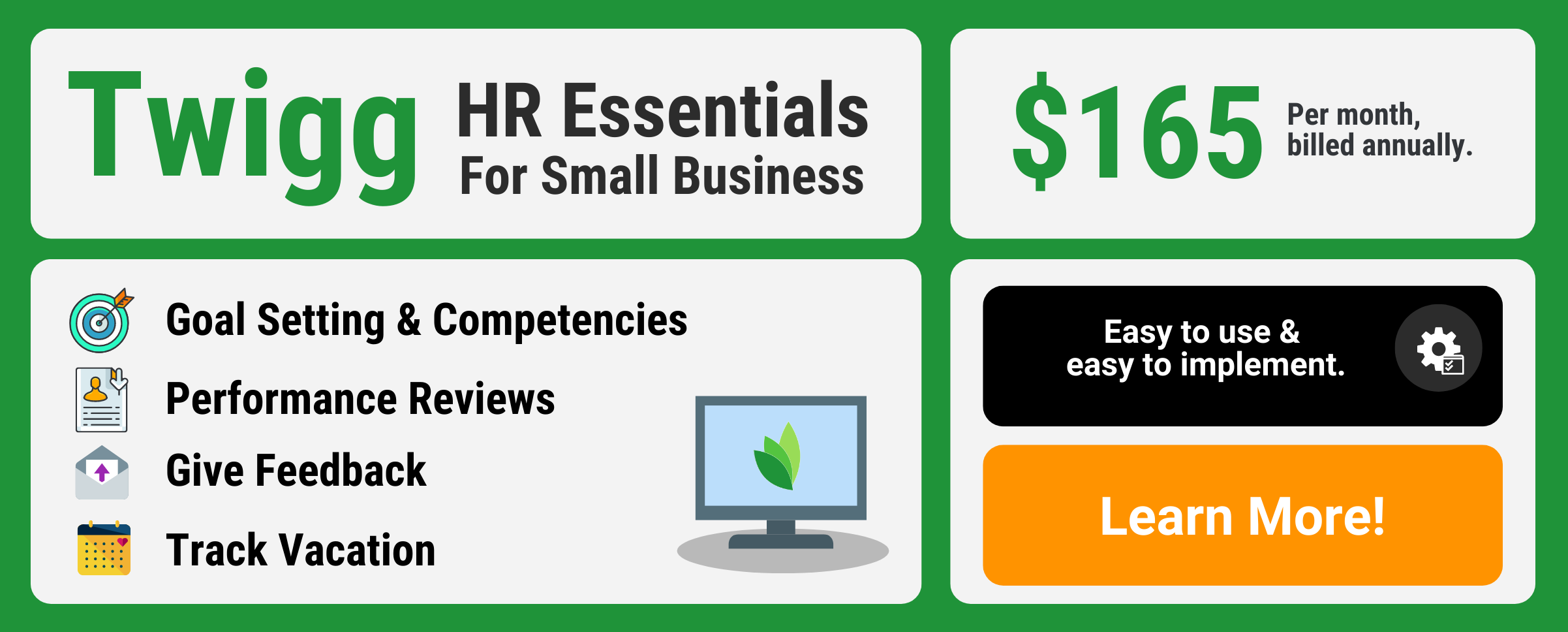
Creating an Effective Work From Home Policy
Why implement a work from home policy?
Fully remote jobs and giving employees the freedom to work from home is a growing trend, particularly in the tech industry. Typically embraced for its flexibility, work from home policies help employers recruit and retain top performers, because the convenience and comfort of working from home is largely appealing to employees. A strong work from home policy can also be beneficial to employers, as it has the potential to reduce employer expenses.
Technology has radically transformed how employees are able to work and working remotely is becoming an increasingly common route taken by employers and employees alike. A Gallup study found that in 2012, 39% of employees in the U.S. worked remotely in some capacity. By 2016, that number grew four percentage points to 43%. It’s not just the percentage of employees who work from home that has increased – employees who work remotely are also choosing to spend much more of their time doing so. In 2012, 24% of employees were spending 80% or more of their time working remotely. By 2016, 31% were found to be doing the same.
The rising trend in work from home policies is evident. However, there is also evidence that shows how even more Americans would choose to work from home if they had the option. A recent survey of 2,000 employees and 1,000 hiring managers by LinkedIn found that 82% of workers want to work from home at least one day per week, and 57% want to work from home at least three days per week.
Defining an effective work from home policy
The numbers are there, but you can’t just start sending employees home without a clear idea of what your work from home policy should look like. A company needs a defined telecommuting policy for it to work. It should offer a window into the remote employee’s workday so you can ensure productivity remains high. To set up your remote employees for success, they need to understand what their expectations are, including acceptable locations (e.g.; not a busy coffee house or vacation hot spot). Without a strong work from home policy, you pose the risk of causing a disconnect between employees and supervisors, which is ultimately unproductive and unhelpful.
Below, you’ll find some of the important factors to consider as you develop a work from home policy.
1. Eligibility
Companies first need to distinguish which positions are eligible to work remotely, and state them in the policy. You can decide which positions can and should be done out of the office by analyzing their work and operating model. Remote employees need to have a position suitable for remote work, but they also need to be organized, disciplined, and self-motivated.
There is also the chance that your company does not have any jobs that can be conducted from home. Organizations without remote-compliant positions should communicate that to staff from the beginning, eliminating any future requests or inquiries about working from home.
2. Availability
If your organization does allow for working from home, then availability expectations need to be clearly outlined in your work from home policy. This could manifest either as a blanket core business hours timeframe (9 a.m. to 5 p.m.) requirement or allowing your employees to set their own schedules. Either way, it should be clearly communicated in the policy.
By establishing schedule requirements from the start, you eliminate any possible frustration to occur between employees based on time. If one can create their own schedule, while another has to comply with set hours, that can create an unfair environment.
3. Responsiveness
It is also recommended to implement specific rules on response time. Define whether your remote employees are expected to respond to coworkers immediately, and outline what modes of communication you expect them to use. Establishing expectations around communication promotes a healthy relationship between employees and their supervisors.
4. Productivity Measurements
Your work from home policy should always specify how a remote employee’s productivity will be measured. This can be done in several ways, whether it be tracking time spent on a project, number of cases resolved in each amount of time, amount and frequency of client interactions, and so on.
The key to measuring productivity in remote workers is measuring outcomes, as opposed to something like hours. Once you find an effective way to evaluate remote employees by their outcomes they produce, and you achieve the desired result, then it becomes a stronger productivity measurement than measuring employees based on number of hours.
5. Equipment
For a remote worker to be successful, they need the right tools to complete their work. When setting up your work from home policy, state which equipment the organization is willing to offer their remote employees. For example, if the expectation is that employees provide their own computers or use their own mobile devices, you need to specify that from the beginning.
Many organizations require that employees have an internet service that meets a certain speed requirement. It’s important that prospective remote workers are made aware of technological expectations like this upfront, particularly if there are internet security measures to be taken.
6. Tech Support
Along with equipment, in your work from home policy you should specify whether tech support will be offered to remote workers. Almost all major organizations have on-site tech support available to their employees, but it is less common for remote tech support to be offered. If this is the case for your organization, be sure to outline what remote employees are expected to do when having technical difficulties.
7. Physical Environment
If your organization has a preference on the physical environment your employees should work in, you must state that in your work from home policy. Some companies even require than an employee’s physical environment be approved prior to working remotely.
This is largely a health and safety issue. As you can’t monitor a remote employee’s environment for safety the same way you stay on top of the safety regulations of an office space, ensuring a remote employee has a healthy work environment is a necessary component of a work from home policy; asking for a photograph of one’s workspace is acceptable.
8. Security
A large concern for remote work is security. Large organizations function on secure networks, so when information is taken out of the confines of the office, security cannot be guaranteed. Your work from home policy should emphasize the importance of employees taking precautions when doing work in public places. Further, if your organization has specific security requests, such as no employee being allowed to work on public Wi-Fi, then that should be stated in the policy.
9. Client Confidentiality
Oftentimes noted alongside security measures, client confidentiality measures must be addressed in your work from home policy. Keeping information confidential is much easier in a protected workspace, so it is important to outline the precautions they must take when discussing confidential information with a client.
10. Expenses
While remote employees save on gasoline and other commuting expenses, they are confronted with higher expenses at home. High speed internet, phone, electricity and other utilities, and office supplies may cancel out the money they are saving in commuting.
When setting up your work from home policy, you may choose to establish a virtual employee allowance or reimbursement system for expenses such as these. Your organization should pay for or provide for free any software required of them for security of productive reasons and should reimburse expenses on office supplies and other necessities of their work environment. Be sure to clarify all expenses and limits you’ll provide to remote workers in your policy.
An effective work from home policy can be a competitive advantage
Providing your employees with the opportunity to work from home can be a competitive advantage. However, you need to be able to establish which jobs can work from home, as well as provide effective technologies for cyber security and communications. Be clear and consistent in your expectations for performance, and which expenses you intend to cover.
In general, the five essential steps to take when establishing a strong work from home policy are:
- Decide who (position-specific) can work from home.
- Clearly define expectations and communicate metrics.
- Choose means of communication.
- Ensure data, device, and client information security.
- Clarify which expenses you are going to cover.
All companies have standards for the office, but remote work can complicate those rules. By following the guidelines listed above, you can set up a strong and effective work from home policy in your organization and ensure that both you and your employees will be more productive and successful.






